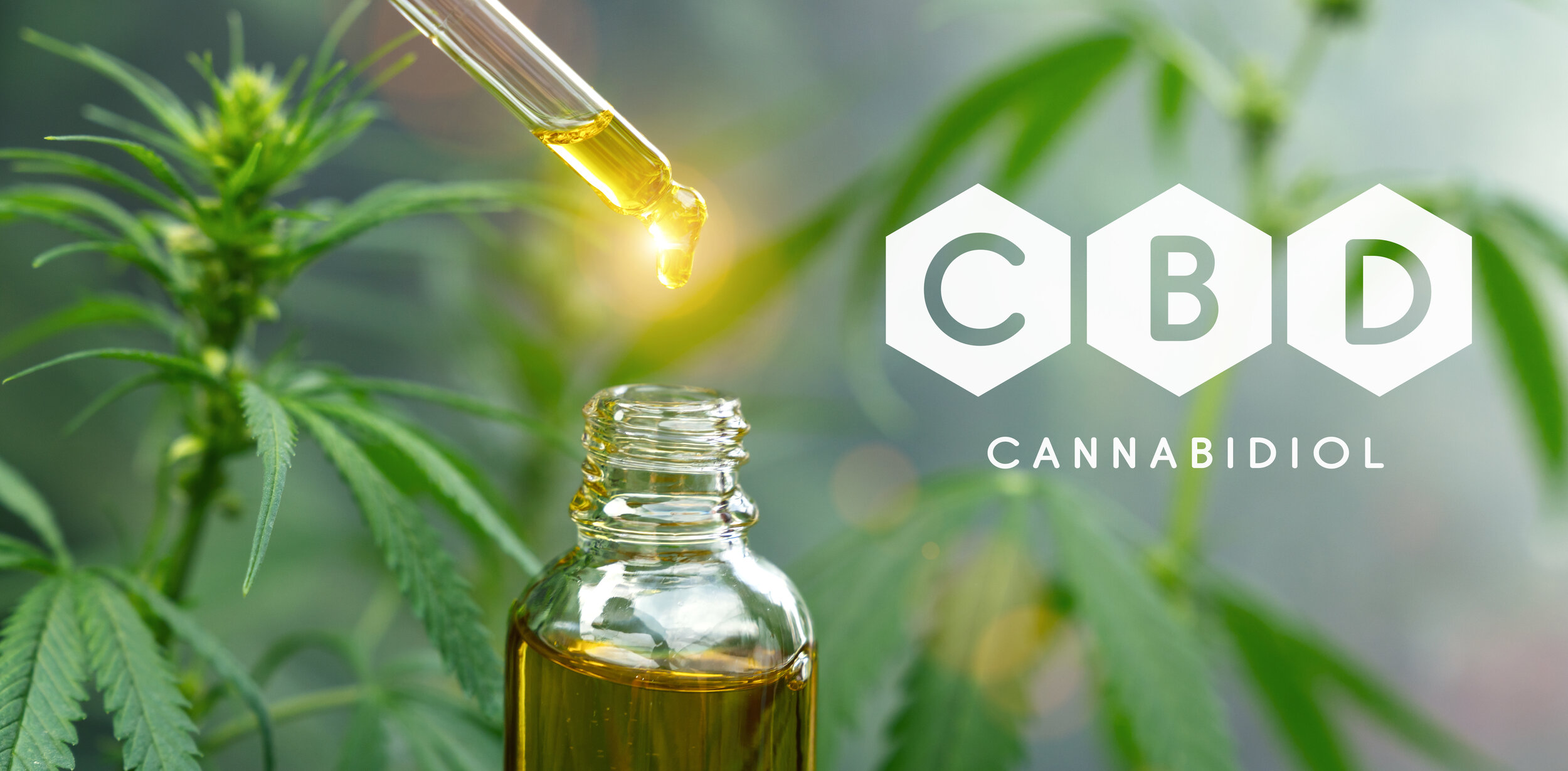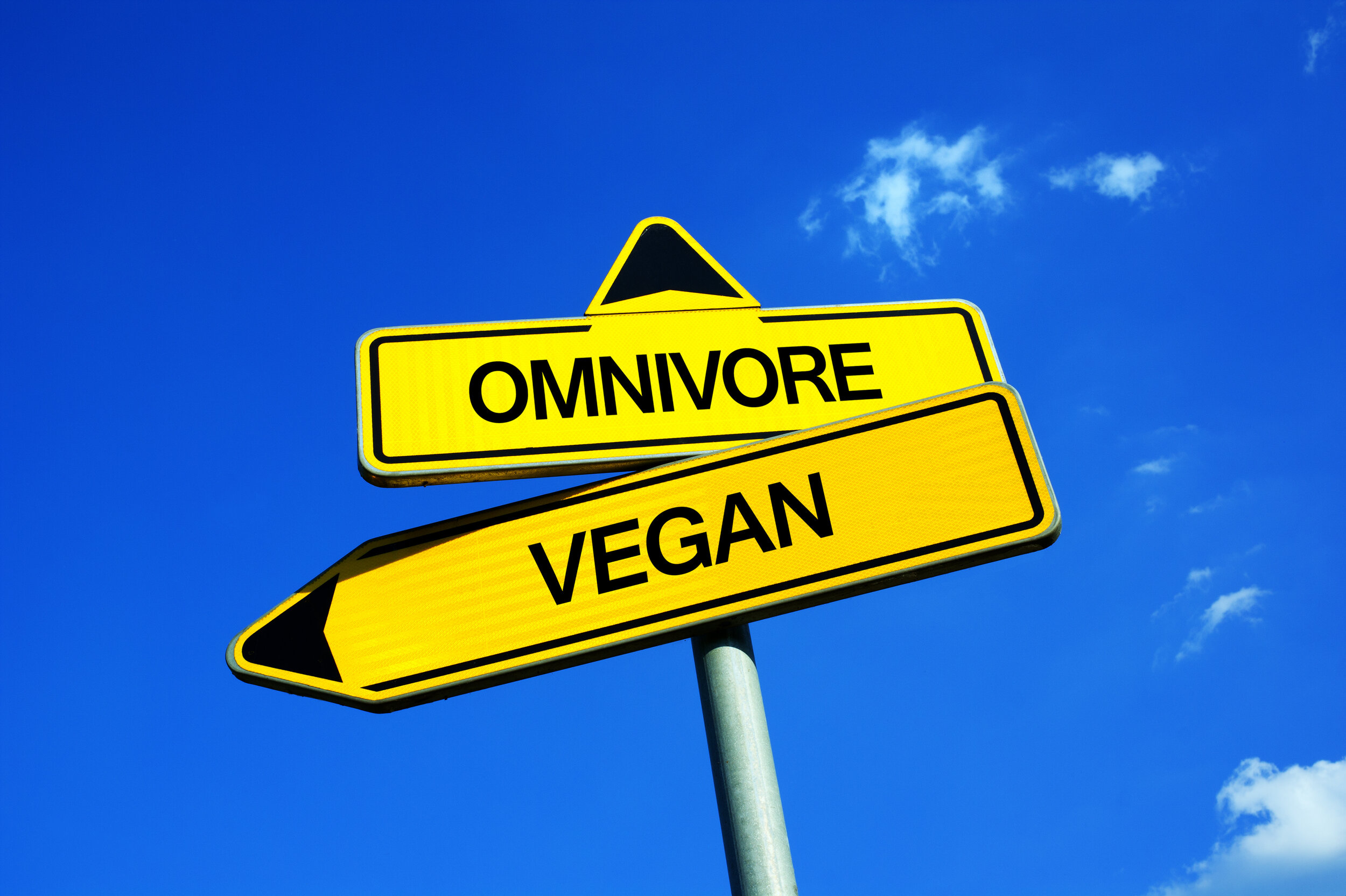Even as a Nutritional therapist the idea of drinking swampy green liquid first thing in the morning is not something I have ever been particularly keen on. I have watched fellow practitioners hold their noses as they force spirulina or chlorella down their throats, with the perceived health benefits clearly outweighing the awful taste.
And is it actually worth it?!
As a new Dad, at the ripe old age of 36, I have recently found that I need to work much harder to maintain the high level of energy and vitality that my job as a Nutritional therapist and Personal trainer demands. I also want to remain an inspiration to my clients and an example that you can live a busy work and family life, whilst maintaining a high level of health and vitality.
This is where AG1® came in (1).
One of the hardest challenges my clients face is how to create new habits and routines. Research and indeed common sense suggests that instilling small daily habits that are achievable and long-lasting will have the biggest effect on your long-term health (2,3). I wanted to incorporate a new daily habit into my routine, at the beginning of each day, aimed at putting me in a positive mindset regarding the health choices I would make throughout the day.
This was my main goal and motivation to try AG1®. But what is AG1®?
AG1® is a green power formula made up of 75 different vitamins, mineral, adaptogens, pre and probiotics. (For a full list of ingredients visit - Ingredients (drinkag1.com)) It comes as a powder which you mix with 12oz of water each morning and drink on an empty stomach.
What standout ingredients are in AG1®?
When reviewing the product, I looked through the ingredients list to ascertain the quality of the product. As a Nutritional therapist, I look for particular versions of certain ingredients such as whether is contains the more bioavailable, methylated versions of B12 (methylcobalamin) and folate 5-(methyltetrahydrofolate or 5-MTHF) or the less bioavailable versions cyanocobalamin (B12) and synthetic folic acid (4,5).
B12 and Folate are crucial for DNA synthesis and repair, as well as for cell division and growth. They also play a key role in energy metabolism and neurotransmitter production (6).
Methylated versions of these vitamins are able to mitigate for the MTHFR gene variation which can affect absorption of B vitamins and cause increases in homocysteine levels which are a risk factor for stroke and cardiovascular disease (7). The MTHFR gene is estimated to affect 25% of the global population, however, this figure may well be much higher (8).
So, this is was a good start. When I see these ingredients in particular, I start to take a supplement seriously and that the manufacturer has done their homework.
I was also impressed to find adaptogens Ashwagandha, Rhodiola and Eleuthero root included in the ingredients list. Adaptogens have shown to have a non-specific beneficial affect on stress levels, adipose tissue (fat) reduction, sleep and energy level via various glands and organs (9). Specifically, Ashwagandha has shown to be beneficial for anxiety and stress via modulation of the hypothalamus, pituitary adrenal axis (HPA axis). It has also shown to support testosterone production in middle aged, overweight males (11). Rhodiola has demonstrated similar findings for mitigating stress (12) and has also shown promise as an estrogen modulator to help reduce menopause related symptoms (13). Lastly, Eleuthero root or Siberian ginseng has shown to decrease triglyceride levels, supporting fat reduction and muscle synthesis (14). It should be noted that these adaptogens are present in quite low amounts, therefore additional intake may be needed to achieve therapeutic doses.
The last standout set of ingredients for me are the pre and probiotics. These classify AG1® as a ‘synbiotic’ as they are both included in the same formula. Prebiotics such as inulin feed beneficial bacteria and enable them to produce anti-inflammatory substances called short chain fatty acids (SCFA) (15). These are a source of energy for cells of the colon and also help to reduce inflammation (16). Research performed using AG1® specifically has shown that using AG1 significantly increased the production of SCFA’s (15).
The probiotics included are well known genera (families) lactobacillus and Bifidobacterium which have broadly shown promising health advantages, such as enhancing immune responses, eradicating microbial pathogens in the gastrointestinal tract, fortifying the intestinal mucosal barrier, lowering serum cholesterol levels and addressing various diarrheal and gastrointestinal ailments (17). Additional research into AG1® found that its use correlated with significant changes in the community of the gut microbiome, which potentially reinforces its suggested status as a ‘synbiotic’ product (18).
Now to the real questions…..
How does it taste?
Compared to the green sludge I have tried before; it actually tastes really nice. It has a largely pineapple finish to It, however you can tell it contains spirulina and chlorella, but those are more subtle than I thought it would be.
How much does it cost?
This may be a sticking point for some. AG1® is between £79 and £89 per month depending on package you choose. This is probably £20-£30 over what it should be, however, if you already take a multivitamin and general probiotic, you will be able to save on those, whilst gaining the other beneficial ingredients of AG1®(1).
Do I feel any different?
For the first few days taking AG1® I simply felt excited that I had made a change and that it would be something I did on a daily basis. This helped me to ensure my choices and behaviours during the rest of the day were more positively angled towards my health. For me this was the most important impact AG1® has had, which may surprise some of you. However, it has meant I have scheduled exercise in everyday, whereas before I was training twice per week. I changed my meal choices and reduced saturated fat intake, whilst increasing unsaturated fats such as olive oils, avocados and seeds. It may sound strange to relate these changes simply to taking AG1®, however, the way we perceive our own health can significantly impact our desire to make additional changes (19). In other words, I feel like I took a positive step towards improving my own health when I started AG1®, this motivated and empowered me to make further positive changes.
The manufacturers of AG1® suggest that the benefit is accumulative, i.e., the longer you take it the more difference you feel and see in your body. I would say this is exactly what I have experienced. After approximately two weeks, I can feel my energy levels have improved and I am not as irritable at the end of the day when my 2-year-old daughter has decided to squirt yogurt all over the back of the car whilst I am driving her home from nursery. I have also noticed my skin has improved and people have commented that I look younger (although this may also be related to a change in my barber). Overall, I have noticed a really positive difference and probably more than I was expecting, which is a pleasant surprise.
Have I noticed any side effects?
My wife became very concerned a few weeks ago as my face went red and blotchy shortly after drinking AG1®, however, I reassured her that this was something called ‘niacin flush’ (20). AG1® contains 20mg of niacin per 12g serving which is 125% of the nutrient reference value (recommended amount) (1). Niacin flush occurs when the capillaries, (normally in your face and upper body), expand and blood flow is increased to the surface of the skin. This may be accompanied by tingling, itching and a warm feeling when you touch the affected area (20). This is harmless and over time, most people will develop a tolerance for niacin (21).
This is the only side effect I have noticed personally, with AG1, however, having spoken to clients and colleagues, many have experienced other side effects, which I would like to explain.
The most common reported side effects of AG1® are all gastrointestinal related. Bloating, gas, loose stools and nausea. There may be a number of specific reasons for these and if anyone is concerned about any side effects that should consult their GP and contact AG1® directly, however, I believe one of the main causes is linked to the prebiotic ingredients. Prebiotics feed bacterial and where possible they will predominantly feed beneficial bacteria, however, if you have overgrown opportunistic bacteria, prebiotics will likely feed those as well (22). Some of these opportunistic bacteria (normally methane and hydrogen sulphide producing bacteria) can cause increases in gas production, bloating and change stool consistency, which may make using AG1® uncomfortable or even impossible until you are able to rebalance your microbiome (23).
If this is the case for you, I would advise contacting me and enquiring about how I can assess and improve your digestive health. This may involve functional testing, dietary changes and lifestyle modifications and, of course, we will be considering more than just your ability to drink AG1®.
My conclusion:
AG1® has been a huge success for me. It was the catalyst for change, that I needed to feel more energy, less irritable, more empowered and motivated to push myself further. The price is hefty, however, if you can justify it, it also serves as a motivating tool as you don’t want to see £80 per month wasted. Having heard from other people their experience of AG1®, it may not be for everyone but it may also push you to learn from your experience taking it and digging deeper into your gastrointestinal health to boost your health in other ways. I’m certainly going to continue with it and the other changes I have made to try to get as much out of this 36-year-old Dad bod as I possibly can.
Safety note:
(Please note that AG1 is not for everyone and should not replace a diverse and balanced diet and a healthy lifestyle. If you would like to try it and you have existing medical conditions, please consult your GP prior to doing so. AG1® is not suitable for individuals under 18 years, pregnant or breastfeeding women. Avoid concurrent intake of other zinc-containing food supplements. Individuals taking anticoagulant medication should seek medical counsel before consuming supplements containing vitamin K.)
Reference list:
1. AG1 (2024) AG1 by athletic greens®, AG1 by Athletic Greens®. Available at: https://drinkag1.com/en-uk/sq?mrasn=1168983.1449842.C4CJ0NT3 (Accessed: 06 March 2024).
2. Arlinghaus, K.R. and Johnston, C.A. (2018) ‘The importance of creating habits and routine’, American Journal of Lifestyle Medicine, 13(2), pp. 142–144. doi:10.1177/1559827618818044.
3. Rippe, J.M. (2018) ‘Lifestyle medicine: The health promoting power of daily habits and practices’, American Journal of Lifestyle Medicine, 12(6), pp. 499–512. doi:10.1177/1559827618785554.
4. Paul, C., & Brady, D. M. (2017). Comparative bioavailability and utilization of particular forms of B12 supplements with potential to mitigate B12-related genetic polymorphisms. Integrative Medicine (Encinitas), 16(1), 42-49.
5. Scaglione, F. and Panzavolta, G. (2014) ‘Folate, folic acid and 5-methyltetrahydrofolate are not the same thing’, Xenobiotica, 44(5), pp. 480–488. doi:10.3109/00498254.2013.845705.
6. Hanna, M. et al. (2022) ‘B vitamins: Functions and uses in medicine’, The Permanente Journal, 26(2), pp. 89–97. doi:10.7812/tpp/21.204.
7. Carboni L. (2022). Active Folate Versus Folic Acid: The Role of 5-MTHF (Methylfolate) in Human Health. Integrative medicine (Encinitas, Calif.), 21(3), 36–41.
8. Graydon, J.S. et al. (2019) ‘Ethnogeographic prevalence and implications of the 677C>T and 1298a>C MTHFR polymorphisms in US Primary Care Populations’, Biomarkers in Medicine, 13(8), pp. 649–661. doi:10.2217/bmm-2018-0392.
9. Liao, L. et al. (2018) ‘A preliminary review of studies on adaptogens: Comparison of their bioactivity in TCM with that of ginseng-like herbs used worldwide’, Chinese Medicine, 13(1). doi:10.1186/s13020-018-0214-9.
10. Salve, J. et al. (2019) ‘Adaptogenic and anxiolytic effects of ashwagandha root extract in healthy adults: A double-blind, randomized, placebo-controlled clinical study’, Cureus [Preprint]. doi:10.7759/cureus.6466.
11. Lopresti, A.L., Drummond, P.D. and Smith, S.J. (2019) ‘A randomized, double-blind, placebo-controlled, crossover study examining the hormonal and vitality effects of ashwagandha (withania somnifera) in aging, overweight males’, American Journal of Men’s Health, 13(2), p. 155798831983598. doi:10.1177/1557988319835985.
12. Ivanova Stojcheva, E. and Quintela, J.C. (2022) ‘The effectiveness of rhodiola rosea L. preparations in alleviating various aspects of life-stress symptoms and stress-induced conditions—encouraging clinical evidence’, Molecules, 27(12), p. 3902. doi:10.3390/molecules27123902.
13. Gerbarg, P.L. and Brown, R.P. (2016) ‘Pause menopause with rhodiola rosea, a natural selective estrogen receptor modulator’, Phytomedicine, 23(7), pp. 763–769. doi:10.1016/j.phymed.2015.11.013.
14. Ivanova Stojcheva, E. and Quintela, J.C. (2022) ‘The effectiveness of rhodiola rosea L. preparations in alleviating various aspects of life-stress symptoms and stress-induced conditions—encouraging clinical evidence’, Molecules, 27(12), p. 3902. doi:10.3390/molecules27123902.
15. Kirby, T.O. et al. (2023) ‘The novel Synbiotic, AG1®, increases short-chained fatty acid production in the simulator of human intestinal microbial ecosystem (shime) model®’, Nutraceuticals, 3(4), pp. 489–498. doi:10.3390/nutraceuticals3040035.
16. Caetano, M.A. and Castelucci, P. (2022) ‘Role of short chain fatty acids in gut health and possible therapeutic approaches in inflammatory bowel diseases’, World Journal of Clinical Cases, 10(28), pp. 9985–10003. doi:10.12998/wjcc.v10.i28.9985.
17. Abdelhamid, A.G., El-Masry, S.S. and El-Dougdoug, N.K. (2019) ‘Probiotic lactobacillus and Bifidobacterium strains possess safety characteristics, antiviral activities and host adherence factors revealed by Genome Mining’, EPMA Journal, 10(4), pp. 337–350. doi:10.1007/s13167-019-00184-z.
18. Kirby, T.O. et al. (2024) ‘AG1® induces a favorable impact on gut microbial structure and functionality in the simulator of human intestinal microbial ecosystem® model’, Current Issues in Molecular Biology, 46(1), pp. 557–569. doi:10.3390/cimb46010036.
19. Caramenti, M. and Castiglioni, I. (2022) ‘Determinants of self-perceived health: The importance of physical well-being but also of mental health and cognitive functioning’, Behavioral Sciences, 12(12), p. 498. doi:10.3390/bs12120498.
20. Jennings, K.-A. (2023) Is niacin flush harmful?, Healthline. Available at: https://www.healthline.com/nutrition/niacin-flush#What-is-niacin-flush? (Accessed: 06 March 2024).
21. Kamanna, V.S., Ganji, S.H. and Kashyap, M.L. (2009) ‘The mechanism and mitigation of niacin-induced flushing’, International Journal of Clinical Practice, 63(9), pp. 1369–1377. doi:10.1111/j.1742-1241.2009.02099.x.
22. Davani-Davari, D. et al. (2019) ‘Prebiotics: Definition, types, sources, mechanisms, and clinical applications’, Foods, 8(3), p. 92. doi:10.3390/foods8030092.
23. Villanueva-Millan, M.J. et al. (2022) ‘Methanogens and hydrogen sulfide producing bacteria guide distinct gut microbe profiles and irritable bowel syndrome subtypes’, American Journal of Gastroenterology, 117(12), pp. 2055–2066. doi:10.14309/ajg.0000000000001997.









